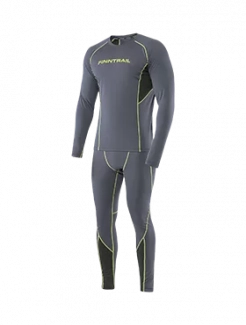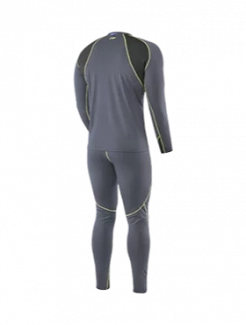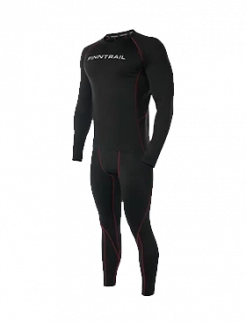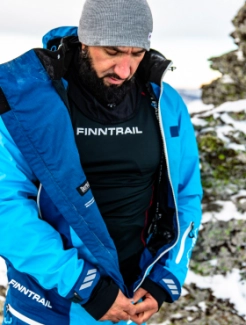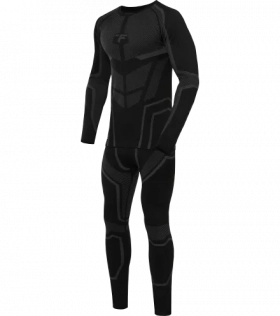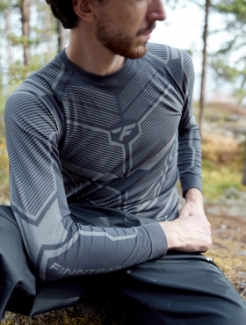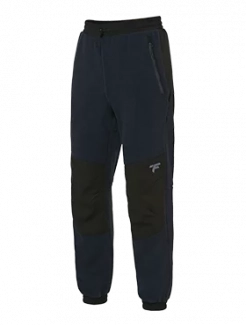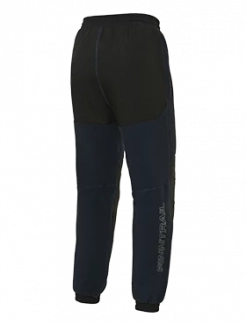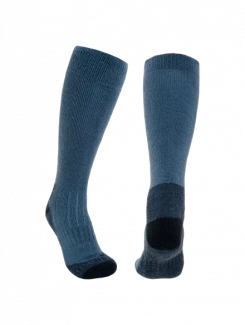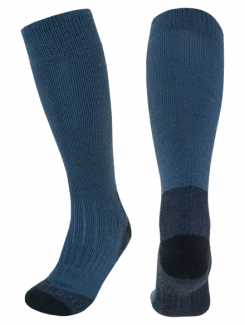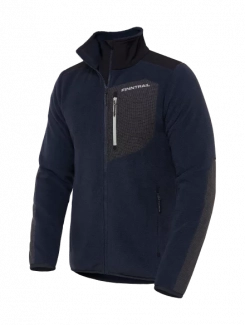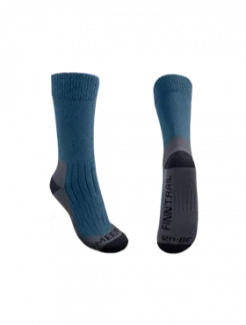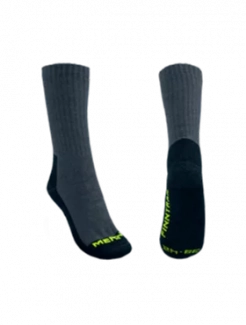How to Layer for Off-Road Riding in Any Weather
Off-roading is more than a hobby — it’s a year-round adventure. From summer trail riding in the dust to battling icy trails in the dead of winter, riding an ATV takes you through unpredictable terrain and ever-changing weather. The right gear helps, but knowing how to layer can mean the difference between a good time and cutting your ride short due to discomfort or cold.
Whether you're gearing up for muddy family trips, remote solo expeditions, or backcountry group rides, this guide breaks down the layers of a good trail road outfit and shows how to dress for comfort, protection, and performance in every season.
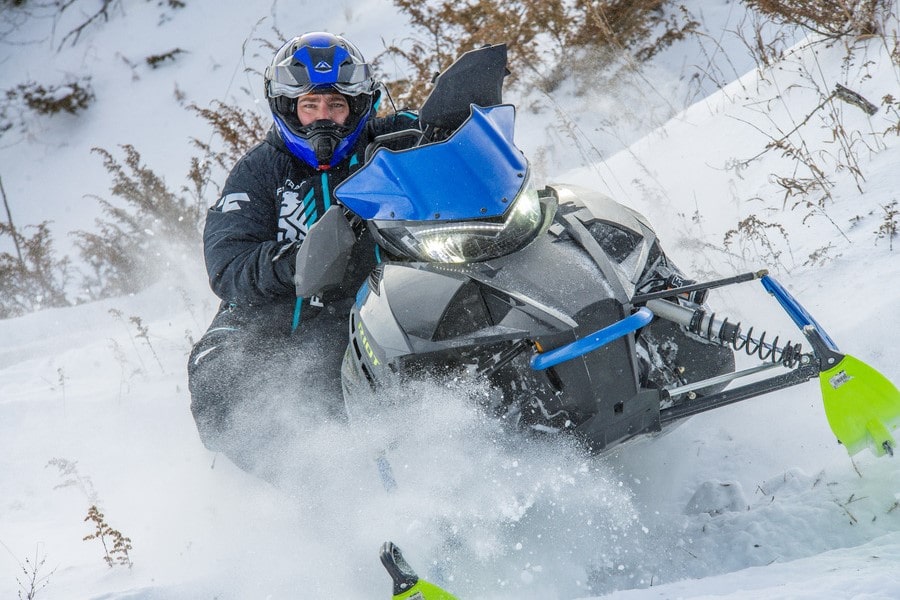
Why Layering is Crucial for Off-Road Riders
Unlike hiking or biking, off-road riding involves bursts of physical effort followed by periods of stillness — especially if you stop to rest, help out a buddy, or scout the trail ahead. That means your body temperature can fluctuate fast. If you overdress, you’ll sweat and risk getting chilled later. If you underdress, the wind and water can sap your energy quickly.
Layering gives you the flexibility to adapt without changing your entire outfit. With the right combo of base, mid, and outer layers, you’ll stay dry, warm, and protected — whether you’re riding under the sun, through rain, or across frozen rivers.
The 3 Core Layers of a Good Trail Road Outfit
1. ATV Base Layer: Control Moisture and Temperature
The base layer sits directly against your skin, acting as the first line of defense against sweat and temperature shifts. This layer’s job is to wick away moisture, dry quickly, and keep your core warm or cool, depending on the weather.
Recommended materials:
-
Merino wool: naturally breathable, odor-resistant, and warm even when wet
-
Synthetic fabrics (like polyester blends): affordable, lightweight, and fast-drying
Avoid: Cotton. It soaks up sweat and stays wet, which leads to chills and discomfort.
Top picks for ATV base layers:
-
Lightweight tops for summer trail rides
-
Thermal long-sleeves and leggings for cold-weather mudding
-
Compression-style base layers for snug comfort under suits or waders
Your base layer should fit close to your body, but not restrict movement — especially important when mounting or dismounting your ride or moving around rough terrain.
2. Mid Layer: Trap Heat When You Need It
The mid layer provides insulation by trapping your body heat. It’s especially important during fall and winter rides or in the early mornings when temperatures are low. Think of it as your warmth layer.
Options based on the season:
-
Fleece jackets or pullovers: Warm, breathable, and quick to dry
-
Softshell jackets or vests: Add light protection while allowing freedom of movement
-
Insulated synthetic jackets: Excellent for wet or snowy conditions
-
Heated vests or battery-powered layers: Great for sub-zero rides
During warmer months, you might not need a mid layer — but keep one in your cargo box or backpack in case of sudden drops in temperature, especially at higher elevations or shaded trails.
3. Outer Layer: The Weather Shield
Your outer layer is what takes the beating — mud splashes, rain, snow, wind, and low-hanging branches. It needs to be tough, water-resistant (or waterproof), and breathable to allow moisture to escape.
What to look for:
-
Waterproof membrane (like HARD-TEX®, TEFLON or DWR coatings)
-
Windproof fabric to block windchill
-
Ventilation zippers under arms or across the chest for airflow
-
Adjustable cuffs and waistlines to prevent water from seeping in
-
Durable reinforcements on the seat, elbows, and knees
For off-roaders, suits with integrated reinforcement zones and sealed seams offer full-body protection — especially useful in muddy, wet, or snowy conditions. Brands like FINNTRAIL design their riding suits to meet these needs specifically.
How to Layer Based on the Season
Spring: Unpredictable Weather
Spring rides can bring sunshine, rain showers, and lingering cold all in one day.
Layer combo:
-
Moisture-wicking base layer
-
Midweight fleece or softshell
-
Waterproof, wind-resistant shell or suit
-
Lightweight neck gaiter or balaclava
Always pack a spare mid-layer and dry gloves in case of rain or river crossings.
Summer: Hot Days, Cool Evenings
Summer calls for breathable and lightweight layers. Sweat management and sun protection are key.
Layer combo:
-
Lightweight or mesh ATV base layer (long sleeve for UV protection)
-
Optional softshell or vest if temperatures dip
-
Ventilated outer layer (protects from sunburn, flying dirt, branches)
-
Hydration pack to stay cool and avoid overheating
Avoid bulky clothing that traps heat or limits movement. Look for jackets and pants with zippered vents.
Fall: Crisp Air and Slippery Trails
Fall trails are scenic — but cold mornings and muddy paths mean you need flexible gear.
Layer combo:
-
Warm ATV base layer (merino or thermal synthetic)
-
Insulated mid-layer (fleece, vest, or light puffer)
-
Waterproof outer shell (or all-weather suit)
-
Waterproof boots and gaiters to handle muddy terrain
-
Gloves with grip and light insulation
Add reflective gear or elements for shorter daylight hours and increased visibility.
Winter: Ice, Snow, and Serious Cold
In winter, you’re often battling extreme temperatures, snow, and icy winds. Layering becomes survival gear, not just comfort.
Layer combo:
-
Thermal or heavyweight ATV base layer
-
Insulated and wind-resistant mid-layer (heated gear optional)
-
Fully waterproof riding suit or shell with full sealing
-
Insulated gloves, neck gaiter, and winter balaclava
-
Winter-rated boots with thick socks
Always bring spare layers and keep emergency supplies in your storage bag or UTV box.
What About Accessories?
Layering doesn’t stop with your torso. Don’t overlook these essential accessories:
-
Neck gaiters or balaclavas: Block wind and trap heat
-
Waterproof gloves: Choose liners + outer gloves in cold seasons
-
Layered socks: Start with moisture-wicking liners, then add wool
-
Helmet liners or beanies: Keep your head warm under a helmet
-
Modular face masks: For extreme cold or high-speed rides
Smart Layering Tips for Every Trail Rider
-
Layer for activity level: If you know you'll be stopping often (group rides, scenic routes), plan warmer mid-layers.
-
Test your full outfit before your ride: Make sure layers don’t bunch up, restrict movement, or leave exposed areas.
-
Use zippers and vents strategically: Open them during climbs or intense riding, close during stops or descents.
-
Pack dry backups: A spare base layer or dry gloves can save your ride if you get soaked.
-
Don’t forget about fit: Layers should allow full range of motion on the ATV and not cause friction or chafing.
Conclusion: Master the Layers, Conquer the Trail
Riding smart means riding prepared. Whether you’re facing blazing heat or freezing trails, mastering the layers of a good trail road outfit — starting with a high-performance ATV base layer — gives you a massive edge in comfort, safety, and endurance.
From solo rides to family trips, proper layering helps you stay dry, warm, and protected across any terrain, in any season. So gear up, dress smart, and enjoy the ride year-round.

